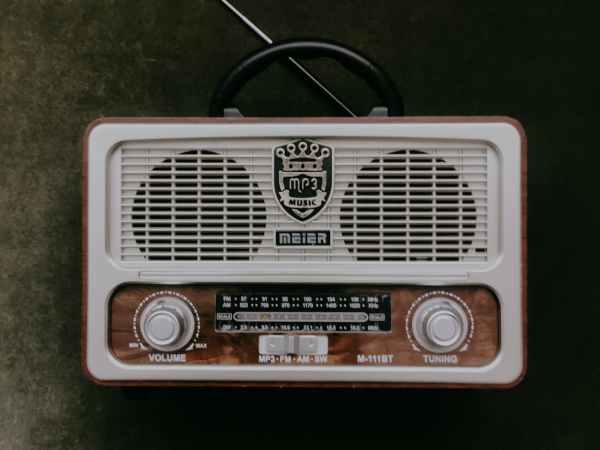- The electromagnetic spectrum is much broader, since the radio spectrum is part of it.
- Another difference lies in their uses: while the radio spectrum is focused on communications, the electromagnetic spectrum covers many more applications.
Before learning how these two concepts differ, let’s briefly review what each one is.
What is the radio spectrum?
When asked what the radio spectrum is, we could answer that it is the channel through which wireless communications travel.
This natural resource, which is both limited and intangible, covers the frequencies used in wireless telecommunications and broadcasting, such as Wi-Fi and mobile telephony.
To avoid interference between users, the International Telecommunication Union (ITU), the UN’s specialised agency in this field, is responsible for the international coordination of state or regional laws governing its regulation, despite having been established eight decades earlier: one organisation dates back to 1865, while the other was founded in 1945.
What is the electromagnetic spectrum?
The electromagnetic spectrum refers to the set of wavelengths of all electromagnetic radiation, which includes a wide range of radiation.
These include, in order of increasing wavelength, gamma rays, X-rays, ultraviolet light, visible light, infrared radiation, microwaves and radio waves.
The importance of the electromagnetic spectrum can be seen in different fields, such as astronomy—the study of light from celestial objects at different wavelengths can provide information about the universe—or medicine, where X-rays are well known.
As a curiosity, we could add that Mónico Sánchez invented a portable X-ray machine in 1909, one of the most notable Spanish inventions.
But returning to the relevance of the electromagnetic spectrum, we come to its importance in the field of communication, with the radio spectrum—precisely a part of the electromagnetic spectrum—being fundamental to telecommunications in different areas.
How do the radio spectrum and the electromagnetic spectrum differ?
Now that we have a broad understanding of what we mean when we talk about these two concepts, we can see what their differences are.
From the definition of both terms, we can deduce that one of the differences lies in the magnitude of what each one encompasses: while the electromagnetic spectrum refers to the entirety and infinity of electromagnetic waves, the radio spectrum refers to a portion or subset of the electromagnetic spectrum used for telecommunications.
Derived from the global nature of the electromagnetic spectrum, we also find that it includes all electromagnetic radiation, while the radio spectrum ranges from 30 Hz to 300 GHz, according to the European Union.
As we mentioned in the previous article, the uses of one spectrum and the other are also different. The electromagnetic spectrum has a wide variety of uses, such as medicine, security, scientific research, everyday applications such as microwave ovens, and communication.
Communication is precisely where the radio spectrum comes in, with numerous applications in this field: mobile phone communications, Wi-Fi, Bluetooth, satellite communications, and broadcasting services.
Another difference between the two spectra lies in the types of waves: the radio spectrum only includes radio waves, while the electromagnetic spectrum includes a wider variety, such as X-rays, gamma rays and visible light.









